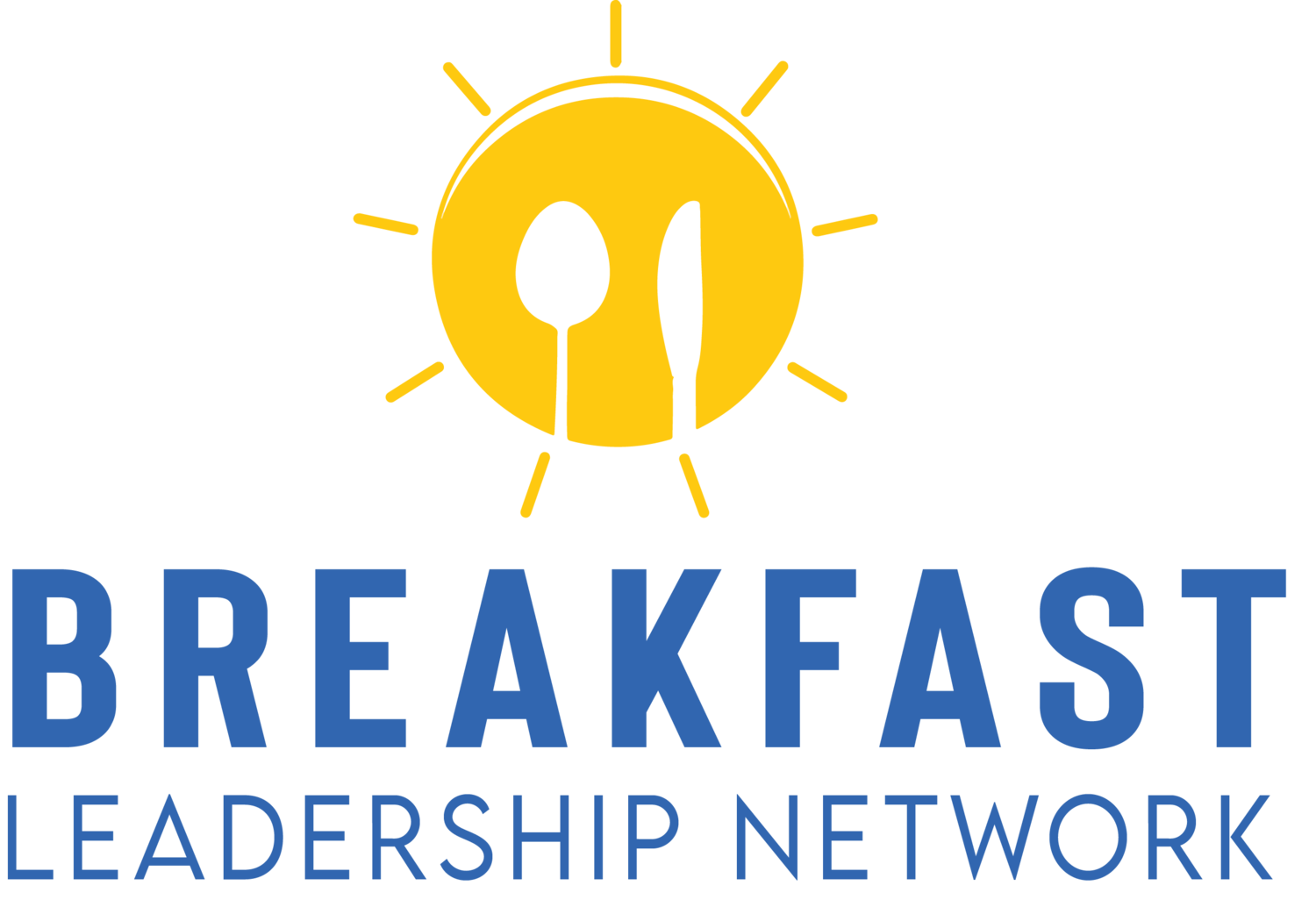The Resilience of Generosity: What the 2025 Holiday Giving Report Reveals
As we navigate a world where burnout, overwhelm and cultural disconnection are increasing, one takeaway from the recently published Fellowship Development “2025 Holiday Giving Report” stands out: generosity isn’t gone, it’s evolving. The study makes it clear that even in the face of economic pressure, people still want to give. But how and where they give is shifting. (Fellowship Development)
1. Intent remains strong—but budgets are tight
The report found that 54.8% of Americans say they wish they could give more but simply cannot afford to. (Fellowship Development) At the same time, 61% believe charitable giving feels more important during times of hardship, including nearly one-third who said it feels much more important. (Fellowship Development)
What this tells us, from a leadership and culture perspective, is that generosity isn’t just about money it’s about mindset. When people feel financially constrained, their giving becomes a barometer of their identity: “I may not have much, but I still want to care.” That’s a powerful signal for workplace culture and for any organization that relies on human connection beyond transactions (see my piece on building culture in Workplace Culture).
2. Smaller gifts, more local impact
The study shows most donations will land in smaller brackets: 29% of respondents plan to give $100-$499 and 32.4% will give less than $100. (Fellowship Development) Rather than retreating, many donors are recalibrating: giving what they can, opting for local impact, and choosing community over big-ticket philanthropy. In fact, food banks and shelters were the top receiving category (31.5%), with local community groups (19.3%) and religious institutions (17.9%) trailing. (Fellowship Development)
From my work on burnout and culture, this shift resonates: when people feel constrained, they return to the immediate and the relational. It’s the “I want to help the person next door” mindset. For organizations, it means you win trust by showing local, tangible influence rather than marketing grand visions alone.
3. Experience matters—and giving competes with consumption
Interestingly, the report found that 41.3% of respondents said they would protect dining and entertainment ahead of giving, and 35.7% would protect travel or vacations. Only 23% said they would protect charitable donations above all other expenses. (Fellowship Development)
This is important: culture-wise, it reveals a tension between shared experiences (which build connection) and generosity (which builds purpose). As a leadership coach, I see this playing out in teams: people want meaningful experiences (team dinners, retreat days) but also want to feel they’re contributing beyond themselves. Leaders who recognize this dual hunger/connection + contribution can craft culture interventions that satisfy both.
4. Women, younger donors and middle-income households are anchoring giving
The data pinpoints some demographic shifts:
Women are more likely than men to believe giving is more important in hardship (64% vs 57%). They plan smaller gifts but give more consistently. (Fellowship Development)
Younger donors (18-34) are less likely to give $500+ this season, with over half expecting to give under $100. But they see giving as more important. (Fellowship Development)
Middle-income households (roughly $50k-$100k) show the highest consistency in giving: nearly 60% plan to give this holiday season, despite 55% saying they wish they could give more. (Fellowship Development)
From a leadership lens, this means organizations committed to culture and purpose must tap these audiences differently: smaller-scale asks, increased storytelling of impact, peer to peer appeal, and authenticity. These audiences want to belong, not just donate.
5. The values behind giving are enduring—and instructive
Yes, budgets are tight, but the value placed on giving is enduring: 63% believe charitable giving makes a bigger impact than consumer spending. (Fellowship Development) This runs parallel to what I address in Burnout Proof when people feel meaningful connection and contribution, it offsets stress and disengagement. In workplace culture, giving becomes both an expression of identity and a buffer against burnout when aligned with values.
What we learn for workplace culture and retention
When applying these findings to workplace culture (one of my core frameworks):
Embed micro-giving opportunities: Just as donors are giving smaller amounts, workplaces can offer micro-acts of service or giving, time off to volunteer, team-based charitable challenges, or matching smaller donations.
Prioritize local and immediate impact: Employees resonate with giving that they can see and understand. Rather than broad corporate philanthropy, local initiatives yield connection.
Recognize relational over transactional: The shift toward experience and community means organizations should weave in purpose-driven experiences: “Here’s a local cause our team supports, here’s how we gave, and here’s the story.”
Leverage purpose to counter burnout: When people feel they make a difference whether on their team or in the community, it strengthens engagement and retention.
Tailor to demographics: Younger staff and middle-income employees are open to giving but may need the entry point. Offer smaller, consistent ways to engage rather than large one-time asks.
For more on how to shape these dynamics in your culture, see my article on “Creating a Burnout-Proof Organization” on the Breakfast Leadership blog.
Conclusion
The 2025 Holiday Giving Report doesn’t just provide charity insights it offers culture insights. In an era marked by financial strain, people are not pulling back on giving they’re giving differently. They’re prioritizing community, connection and purpose. For leaders, consultants and culture architects, this is invaluable. It reminds us that ethos trumps envelope size, and that generosity of heart can thrive even when generosity of wallet is constrained.
If you’re navigating culture transformation, burnout prevention or leadership retention this season, lean into these themes: micro-impact, relational connection and purpose-driven giving. Because when people feel they belong and they matter, culture shifts. And that shift is precisely what resilient organizations are built on.
